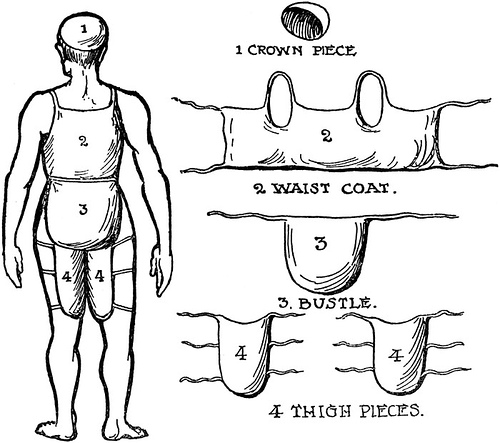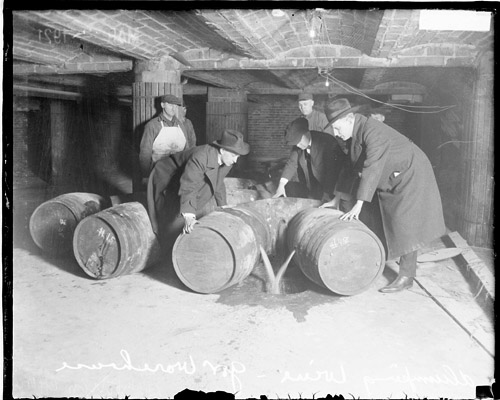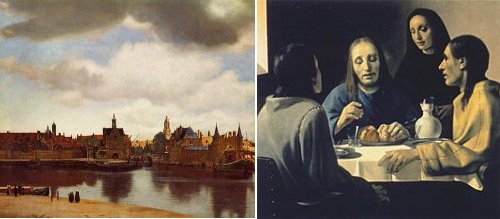On Oct. 16, 1906, small-time criminal Wilhelm Voigt became a big-time criminal … for one day.
Wearing a secondhand captain’s uniform, he appeared at the local army barracks, where he dismissed the commander. Then, with 10 grenadiers and a sergeant in tow, he took a train to Köpenick, east of Berlin, and took over city hall.
There he confiscated 4,000 marks and 37 pfennigs and ordered the town secretary and the mayor sent to Berlin on charges of crooked bookkeeping. He told the remaining soldiers to guard the building for half an hour and then left for the train station, where he changed back to civilian clothes and slipped away.
Why? Why not?



